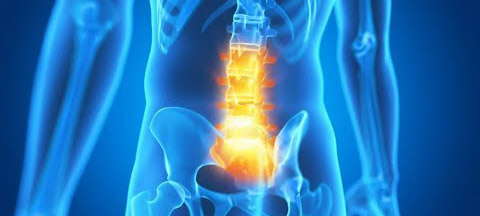Low back pain and exercise therapy – why the questionable evidence?

If you read a meta-analysis or systematic review on exercise therapy for low back pain you would be led to believe that prescribing exercises for your chronic low back pain patients will have only a small positive effect. However, as competent therapists would attest, it just simply isn’t true. Why is it that these reviews continually demonstrate that exercise therapy provides only limited benefit for low back pain sufferers? Here are the reasons…
1. A lack of sub classification of low back pain sufferers within studies – this is one of the biggest downfalls of research into low back pain management. Do you apply the same exercises to every patient you see? No, of course you don’t. You assess the physical deficiencies, the movement and control impairments and the mechanisms driving your patients pain, then put in place the appropriate individual management. Research so far hasn’t done this. Instead chronic low back pain sufferers are more often than not lumped together and then given the same exercises, whether it be motor control exercises, graded activity or general exercise therapy. The work by O’Sullivan (2005) clearly highlights the limitations of doing this and proposes the need for future research to sub-classify low back pain sufferers into groups based on the mechanism of pain. Specifically, is the patient’s pain primarily driven by a pathological process (e.g. IVD prolapse), central mechanisms, movement impairment or a control impairment? Management will quite obviously differ significantly between these different subcategories. Therefore future research that attempts to classify patients based on their pain mechanism, and study the effects of exercise considered most appropriate for the category, will be much more likely to demonstrate the positive effects of exercise.
2. The type of exercises studied – having read various studies looking at the effects of exercises we are astounded by the number that do not actually outline or specify the exercises used in the study. Therefore how can the reader make a judgement as to the validity of the study? Furthermore, there are numerous studies that incorporate exercises that would not be considered appropriate by many rehabilitation specialists. Add to this the lack of classification of low back pain patients and you have a recipe for a study that shows ‘no effect’ of exercise therapy. Unfortunately, a number of these studies still make it into systematic reviews.
3. Adherence – we know that many patients do not complete their exercises after we see them in the clinic, and this is no different in clinical studies. In fact, home exercise adherence could potentially suffer more in studies as the exercise prescription is rarely individualised for the patient. While research attempts to control non-compliance by asking patients questions or requiring them to keep diaries of completion, there would surely be a large percentage of subjects who don’t complete exercises correctly or often enough and therefore are unlikely to benefit from the intervention.
All in all, research into exercise for low back pain presents a number of challenges. By taking up the suggestions made by O’Sullivan (2005) as to classification of the low back pain, future research on the benefits of well directed exercise therapy should yield more positive results, and therefore provide clinicians with better direction when managing those patients with low back pain.
REFERENCES
Start your free 30 day trial now
Discover what TrackActive Pro can do for you and your patients with a no risk, 30 day, free trial.